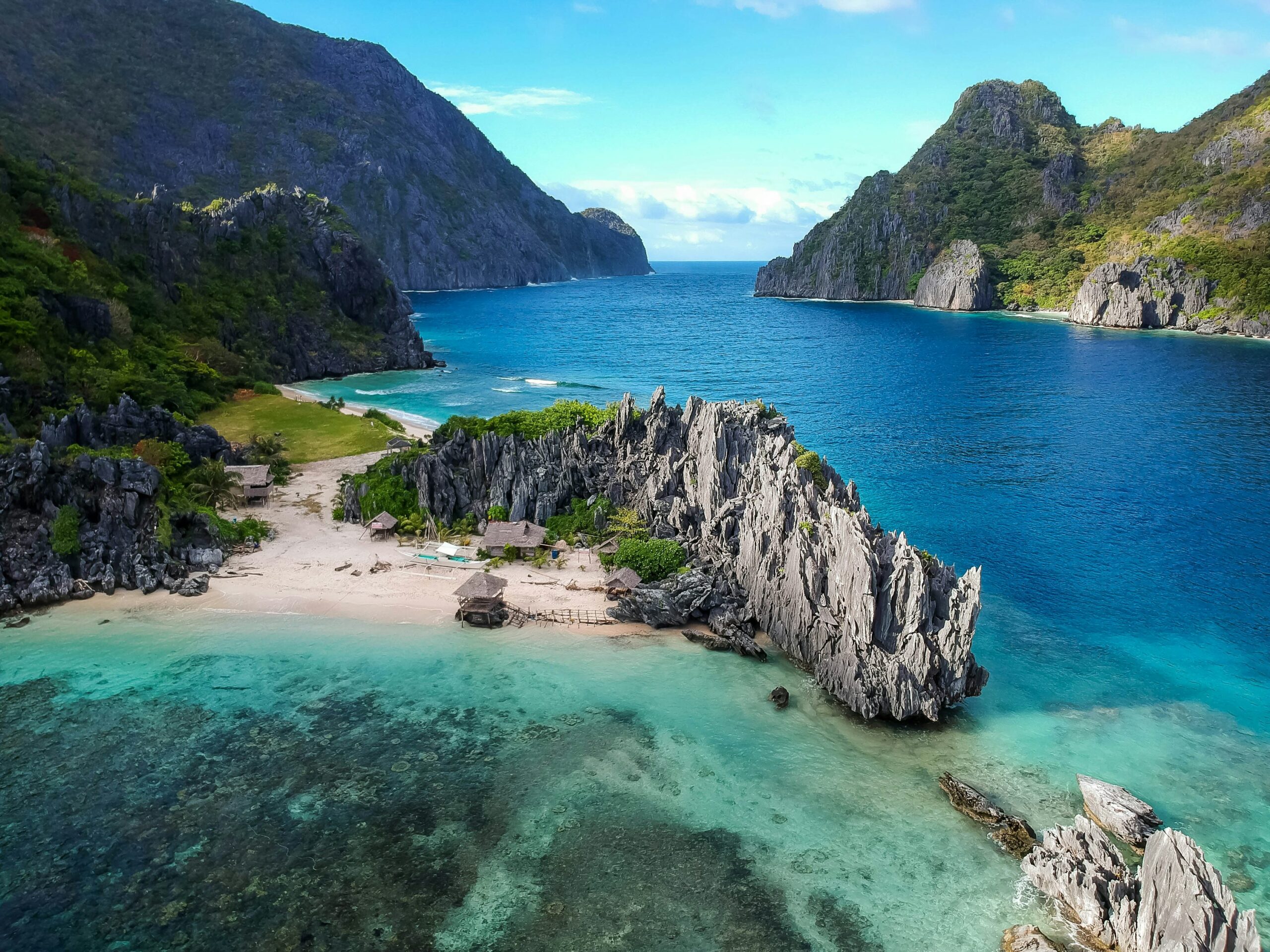The Philippines, an archipelago of over 7,000 islands, is a treasure trove of natural beauty, vibrant culture, and rich history. From stunning beaches and lush mountains to bustling cities and tranquil villages, this Southeast Asian gem offers diverse experiences for every traveler. Whether you’re seeking adventure, relaxation, or cultural immersion, this travel guide will help you navigate the best the Philippines has to offer.
1. Best Time to Visit
The ideal time to visit the Philippines is during the dry season, which typically runs from November to April. During these months, you can expect sunny weather and minimal rainfall, making it perfect for outdoor activities and island hopping. The peak tourist season is December to February, so if you prefer fewer crowds, consider traveling in the shoulder months of March and April.
2. Getting There and Around
- Flights: Major international airlines operate flights to the Philippines, with Ninoy Aquino International Airport (MNL) in Manila being the main gateway. Other airports, such as Cebu (CEB) and Clark (CRK), also offer international flights.
- Inter-island Travel: The Philippines has a well-connected domestic flight network, making it easy to hop between islands. Ferries and boats are also available for shorter distances. For land travel, buses and jeepneys are popular, affordable options.
3. Must-Visit Destinations
- Manila: The bustling capital city, Manila, is a blend of modernity and history. Explore the historic Intramuros district, visit the Rizal Park, and indulge in vibrant nightlife and shopping in Bonifacio Global City (BGC) or Makati.
- Palawan: Often referred to as the “last frontier,” Palawan is famous for its breathtaking landscapes. El Nido and Coron offer stunning lagoons, limestone cliffs, and world-class diving spots. Don’t miss the Puerto Princesa Subterranean River National Park, a UNESCO World Heritage Site.
- Boracay: Renowned for its powdery white sands and vibrant nightlife, Boracay is a must-visit for beach lovers. White Beach is the main attraction, where you can relax, swim, and enjoy water sports. The island is also known for its lively bars and restaurants.
- Cebu: A historical and cultural hub, Cebu offers a mix of city life and natural wonders. Visit the historic Magellan’s Cross, explore Kawasan Falls, and go snorkeling with whale sharks in Oslob.
- Bohol: Famous for the Chocolate Hills and Tarsiers, Bohol is a great destination for nature lovers. Explore the beautiful beaches of Panglao Island, take a river cruise on the Loboc River, and visit the historic Baclayon Church.
4. Cultural Experiences
Immerse yourself in the rich culture of the Philippines by engaging with local traditions and festivals.
- Fiestas: Experience vibrant local festivals, such as the Sinulog Festival in Cebu or the Ati-Atihan Festival in Aklan, which showcase colorful parades, music, and dance.
- Culinary Delights: Filipino cuisine is a delightful blend of flavors. Don’t miss trying dishes like adobo, sinigang, lechon, and lumpia. Explore local markets for fresh fruits, street food, and unique delicacies.
- Local Crafts: Support local artisans by purchasing handmade crafts, textiles, and souvenirs. Visit markets in cities like Manila and Cebu to find unique items.
5. Adventure Activities
The Philippines is an adventure seeker’s paradise, offering a range of thrilling activities:
- Island Hopping: Explore the stunning islands and lagoons of Palawan and El Nido, or discover the hidden gems of Siargao, known for its surf spots and laid-back vibe.
- Diving and Snorkeling: With its rich marine biodiversity, the Philippines is a top destination for diving. Popular spots include Apo Island, Tubbataha Reefs, and the waters around Coron.
- Hiking: Discover breathtaking views while hiking in places like Mount Pulag, Mount Apo (the highest peak in the Philippines), or the Banaue Rice Terraces.
6. Practical Tips
- Language: Filipino (Tagalog) is the national language, but English is widely spoken, especially in urban areas and tourist destinations.
- Currency: The local currency is the Philippine Peso (PHP). ATMs are readily available, and credit cards are accepted in many places.
- Safety: The Philippines is generally safe for tourists, but it’s essential to stay aware of your surroundings and follow local advice, especially in remote areas.
- Travel Insurance: It’s wise to purchase travel insurance to cover medical emergencies, trip cancellations, or unexpected events.
7. Responsible Travel
As a visitor, it’s important to practice responsible travel by respecting local customs, preserving the environment, and supporting local communities. Follow the principles of “Leave No Trace,” and be mindful of the cultural sensitivities of the areas you visit.

Leave a Reply